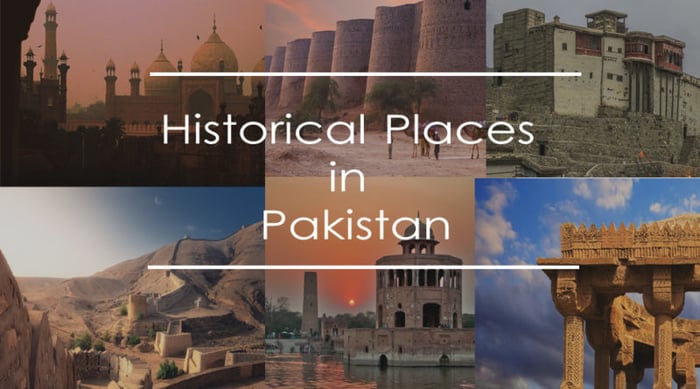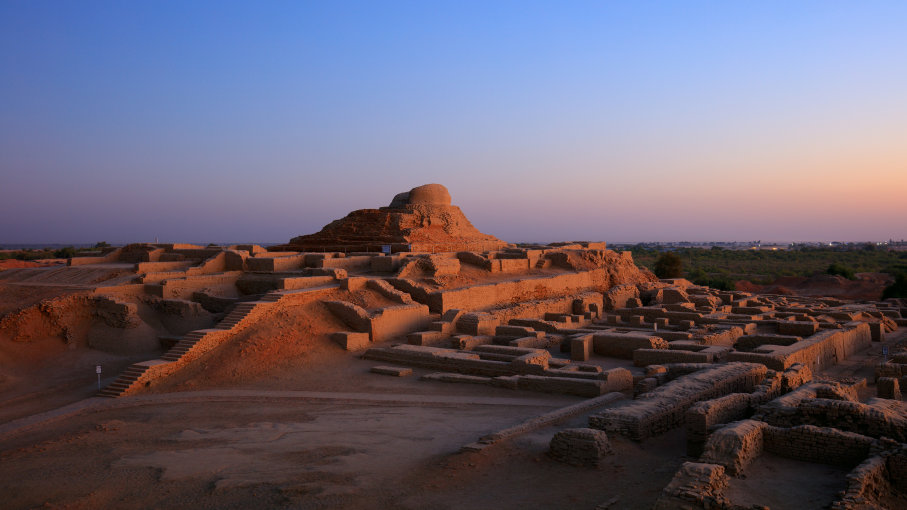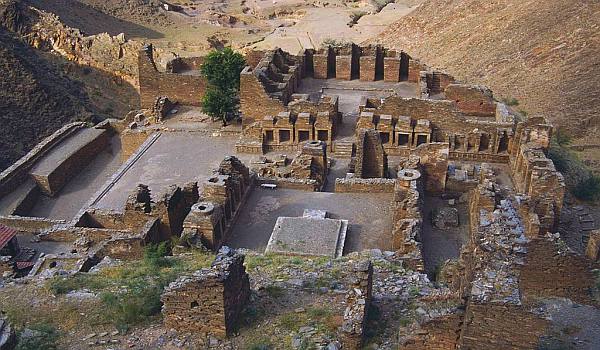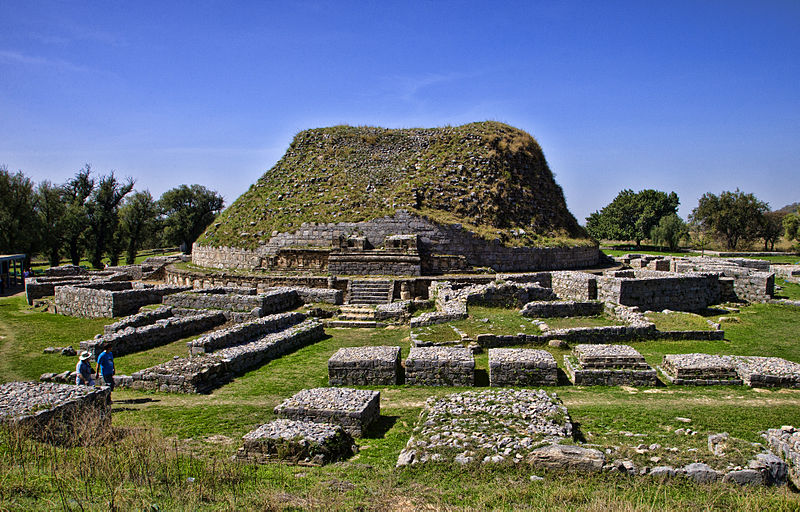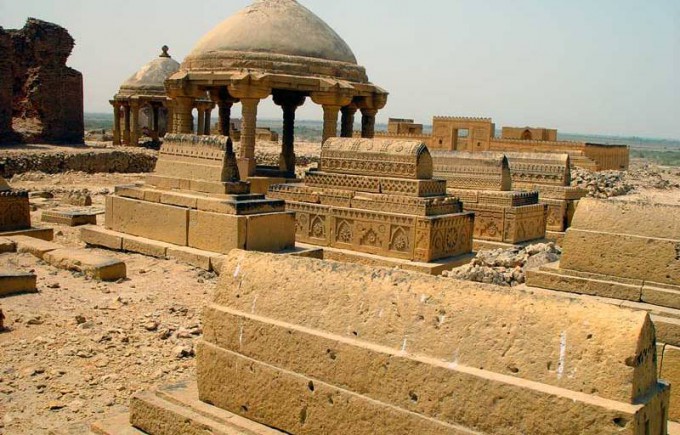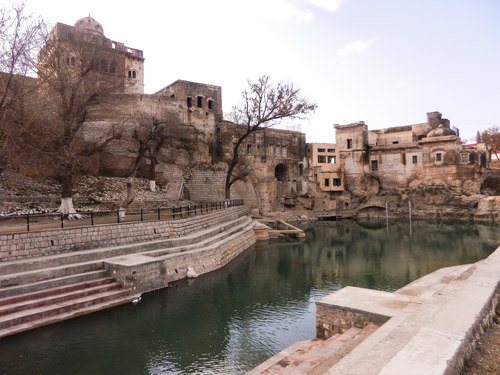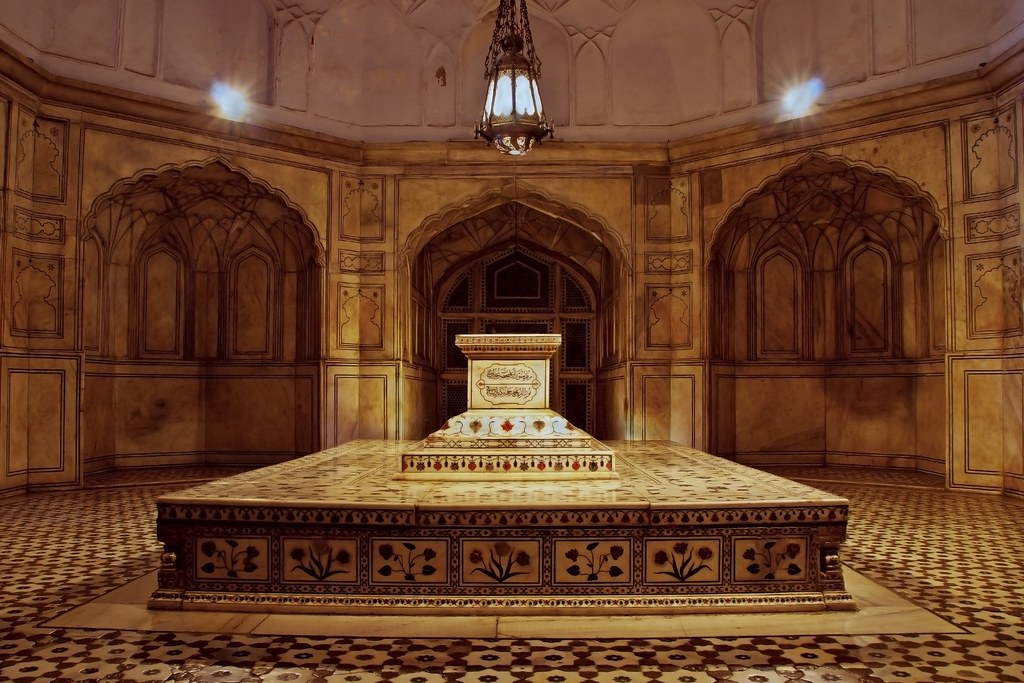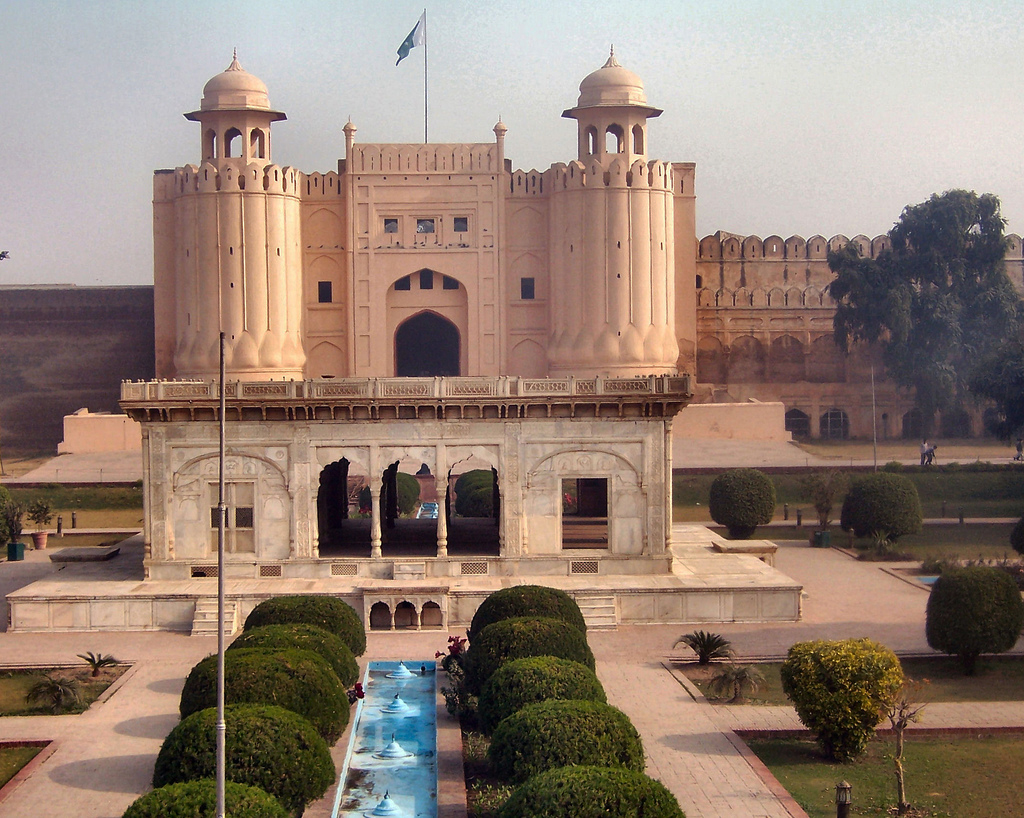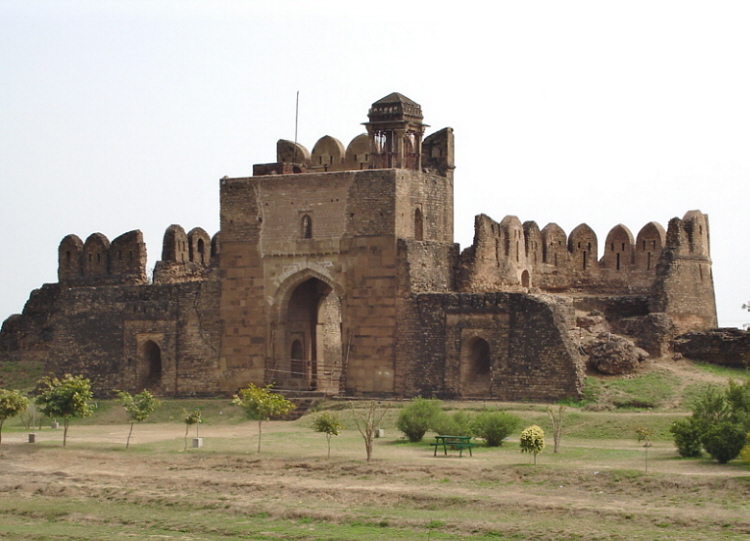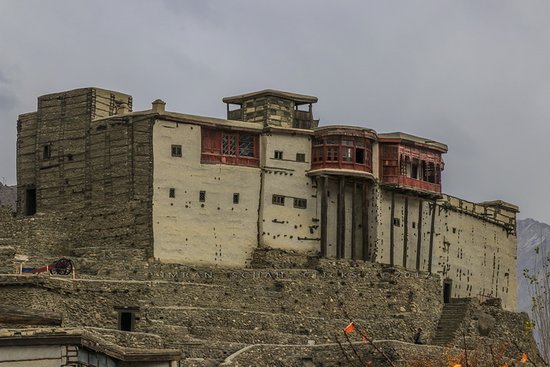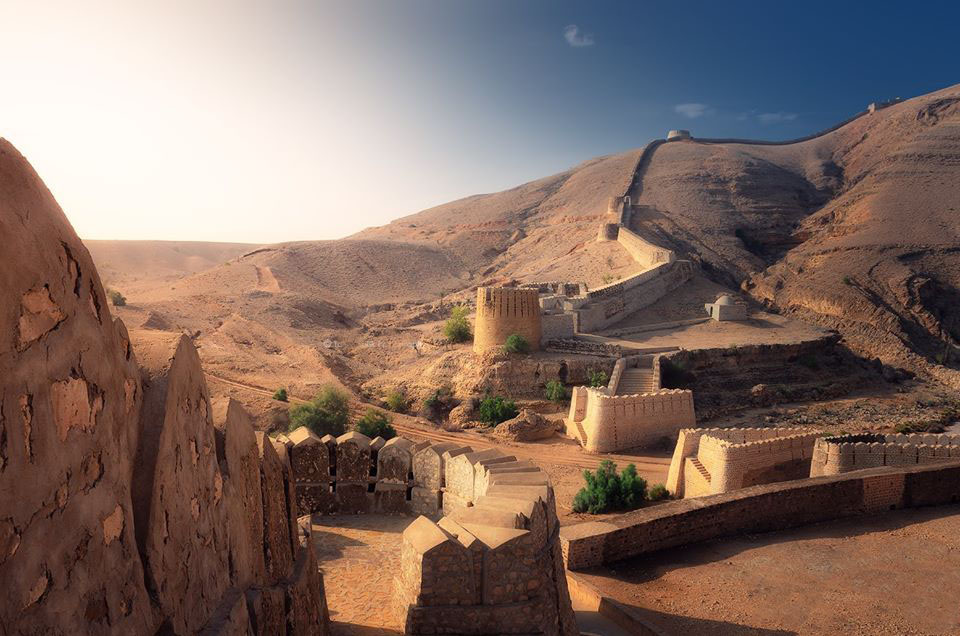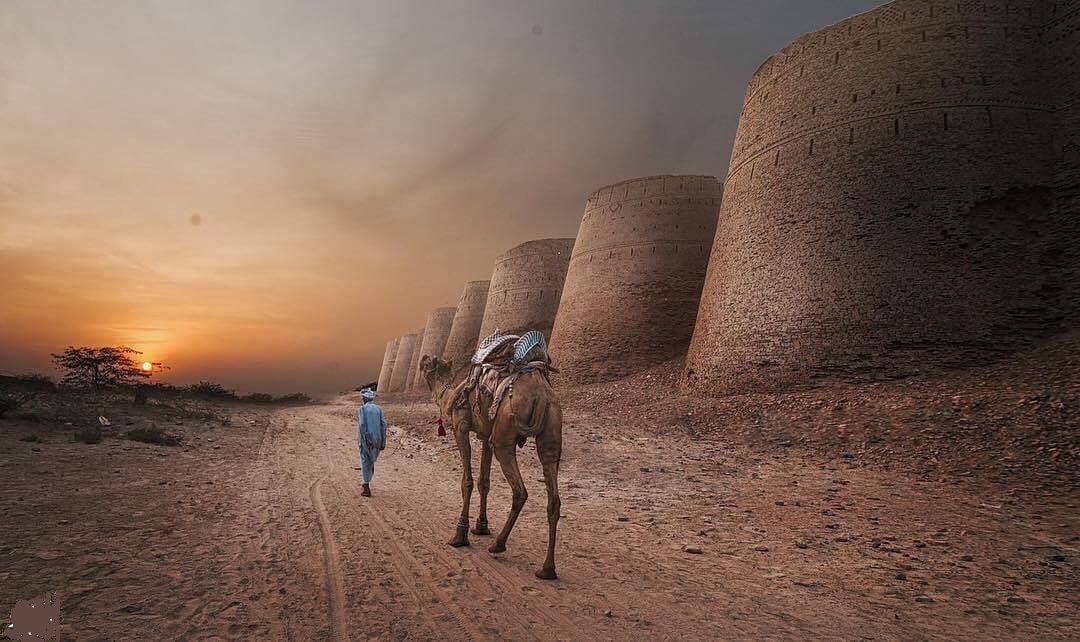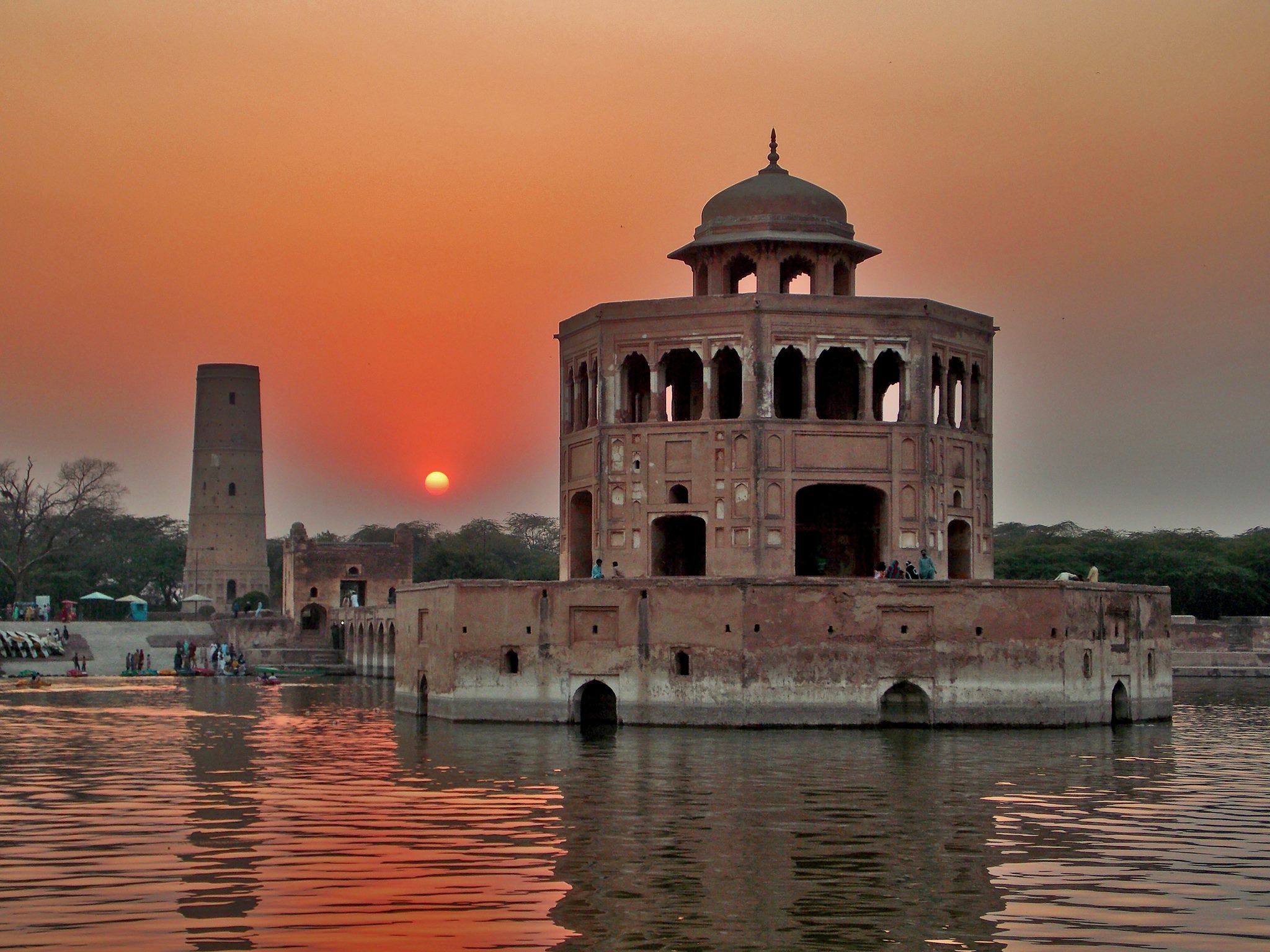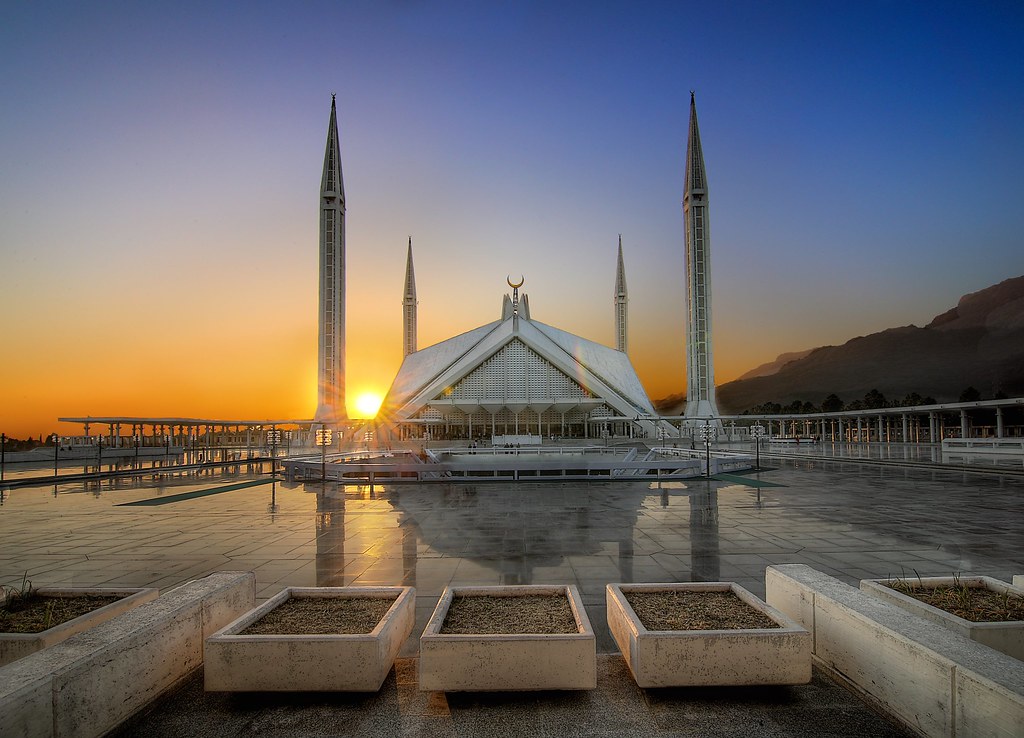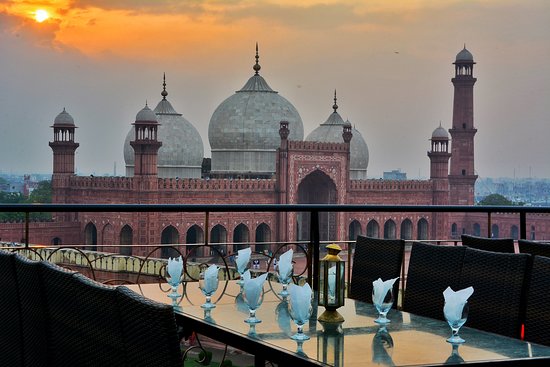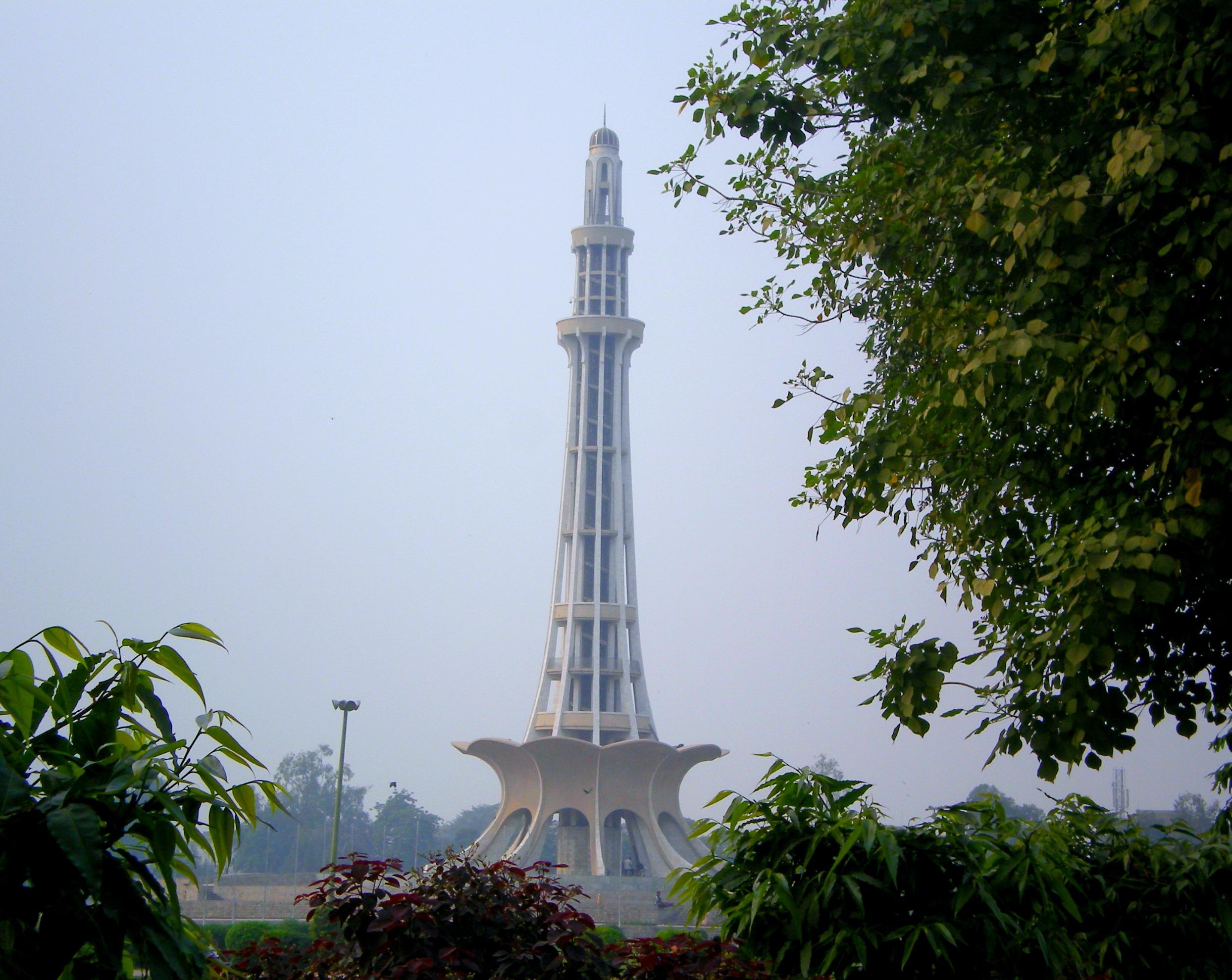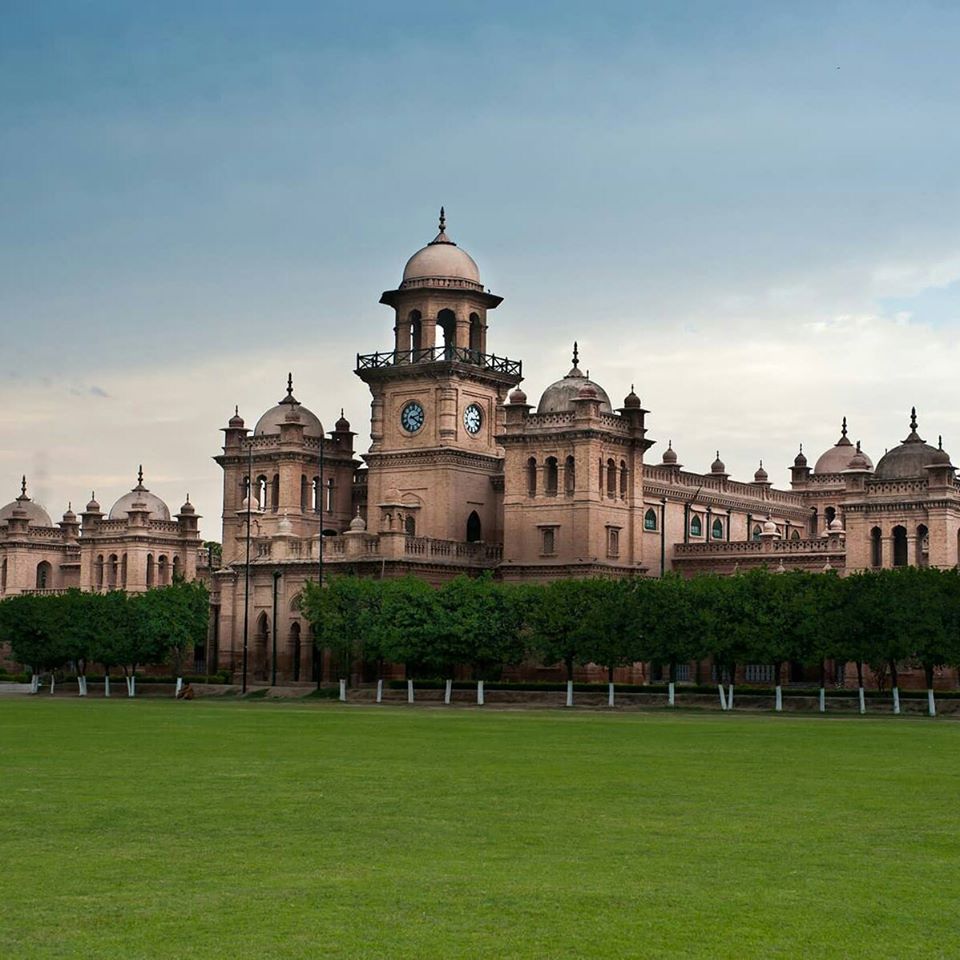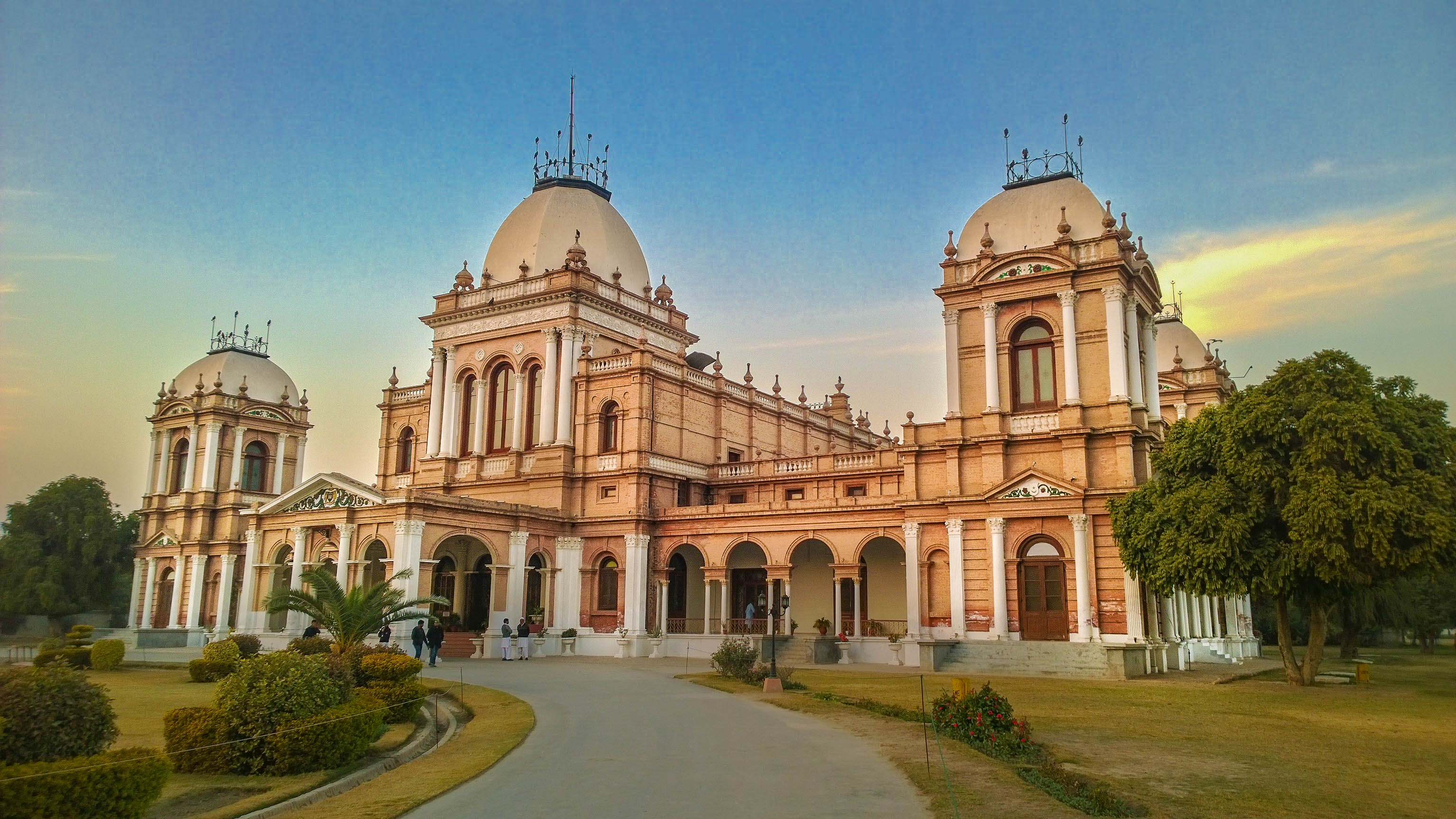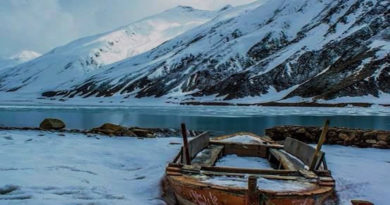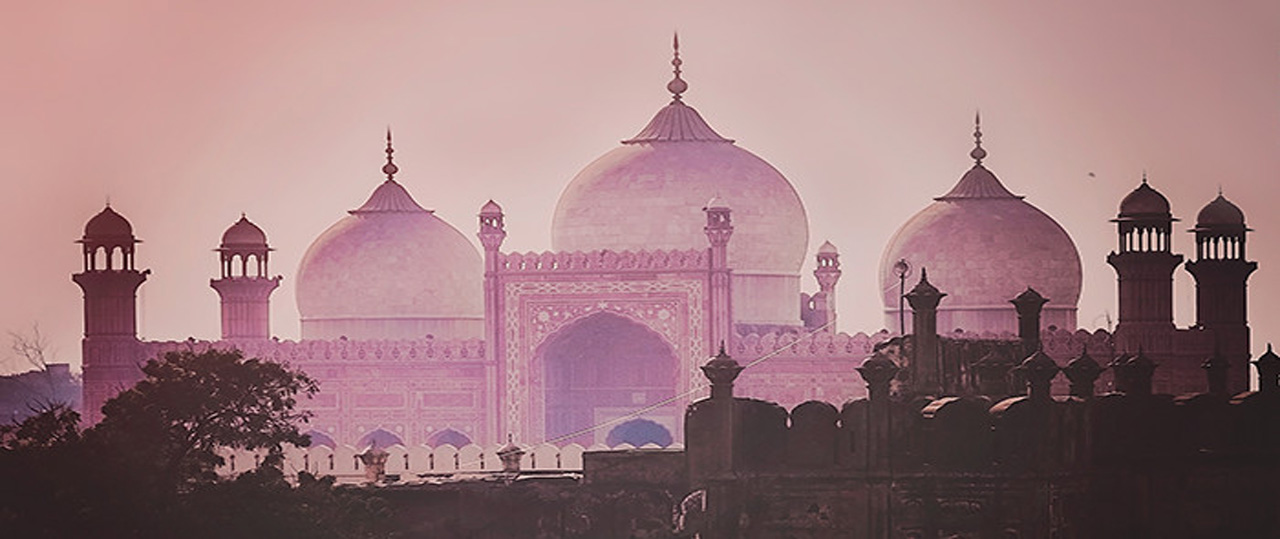List of The Top and Famous Historical Places and Buildings in Pakistan
Pakistan is a locale wealthy in social history and diversity. There are many famous landmarks, sites, historical buildings and historical places in Pakistan that everyone deserves. In fact, we have a significant number of UN World Heritage Sites. These locales are secured by the United Nations Educational, Scientific and Cultural Organization (UNESCO) and those are the places you have to travel. In addition, Pakistan needs to believe in cultural, natural and archaeological sites. Here is a list of historical places in Pakistan that you deserve in your travelogue.
Historical places in Pakistan are following :
Mohenjo Daro
Mohenjo-daro is the most ancient spot including in historical places in Pakistan. Mohenjo-daro is probably the most attractive historical site in the country and is famous all over the world. It is a part of Larkana District of Sindh Province and is located on the banks of the Indus River. The archeological ruins of this place take us back to 3000 BC. Therefore, it is a 5,000-year-old city, the oldest civilization known to man after the Chinese. It was also the largest civilization and largest civilization in South Asia. They were first discovered in 1922, but it was 1965 when the major excavations were completed. Now, people come from all over to see this historic site.
Takht Bhai
Takht Bhai is another most ancient in list of historical places in Pakistan. This is notable and saved landmark, a Buddhist religious community situated on a rough pinnacle 10 miles upper east of Mardan. The structure dates from the 2nd to 5th centuries AD and stands 600 feet above the plane. This element, which recognizes this site from others, is its compositional assorted variety and its sentimental mountain setting. This effort has helped preserve the monument.
The exposed buildings include the main stupa and two courtyards with different roofs, surrounded by the Votivo stupa and shrines, a square of monasteries surrounded by cells for monks, and a large assembly hall. In one of the courtyards of the stupa is a line of magnificent Buddhas, which was originally 16 to 20 feet high.
The stone and mattresses of the site are a rich treasure, but its most striking feature is the strange design and arrangement of the small shrines, which surround the central stupa. The mausoleum stood on a podium with a permanent statue and the rest was crowned with stupa-like finishes. The beauty and splendor of the whole structure is unparalleled in the Buddhist world. Msut visit this historical places in Pakistan.
Taxila
Taxila was an ancient city list in historical places in Pakistan. which is now considered as Punjab Province in Pakistan. It is a UNESCO World Heritage Site, discovered in 1980 by archaeologist Alexander Cunningham. The city was originally called Takshila, the architecturally “Stone City of the City” that dominated the entire settlement. Historically, Taxila was an important city in the kingdom of Gandhara, which existed in the region from about 1000 BC to 1000 AD. Taxila was then ruled by several different empires, each seeking to take advantage of the easy trade routes offered in South and Central Asia.
Today, the new city of Taxila is a very modern settlement spread around it and in the ruins of a bygone era. Transportation is readily available locally for those who want to explore all its historical wonders.
Makli Nacropolis Thatta
The UNESCO World Heritage Site has been located just outside Mukli Nekropolis, Thatta, Pakistan since 1981. It is one of the largest entertainment sites in the world and probably the largest in the world. It covers an area of about 10 10 square kilometers. (3.86sq.mi.) and anywhere between half a million to one million tombs.
Among the inhabitants of the cemetery, according to one estimate, there were about 125,000 Sunnis who belonged to the Muslim religion. These tombs were built over a long period of time, by the Sindh civilization between the 14th and 18th centuries over a period of about 400 years. This site is a historical milestone within the Sufi sect, otherwise it is called Islamic mysticism or “the inner dimension of Islam”.
Katasraj Temples
Hindu temples in Pakistan – what do they say ?! You have read that the temples of Katasraj are located near the village of Dulmiyal in the Punjab and are said to have been in the seventh century AD or earlier. Temples around a lake that is capable of possessing magical powers! The famous Hindu epic Mahabharata also mentions them, and it is well known that Guru Nanak, the founder of the Sikh religion, visited the site frequently in recent centuries.
Sadly, after the partition of India, these temples fell into disrepair and are still in a state of disrepair. However, as far as historical buildings in Pakistan go – the temples of Katasraj talk about the complex history of the subcontinent in a way that some other structures can do. These temples are located in Katas, 2 hours from Islamabad and 3 hours from Lahore.
Tomb of Jahangir
Apart from its urban sites, Pakistan is also known for its historic buildings, landmarks and monuments. Lahore is a famous metropolitan city which is rightly called the heart of the country. It has different flavors that compliment the many people who come to see the place. It has a special place for its famous places and historical buildings where the tomb of Jahangir is a special place. The tomb has a place with the celebrated Mughal sovereign Jahangir, who was covered here after his passing in 1627.
Lahore Fort
These places in Lahore tell of the charismatic style of the Mughal dynasty when it comes to doing some really eye-catching beautiful constructions. These are two separate places and unforgettable Mughal courtyards. The fort is located prominently in the northwestern part of Lahore city and has been repaired many times throughout history. Shalamar Gardens, on the other hand, is a royal Mughal garden with beautiful lawns, fountains and structures. It was built in 1642 by Shah Jahan (the fifth Mughal emperor). UNESCO wrote them in 1981.
Rohtas Fort
Around 16 km northwest of Jhelum, the enormous Rohtas Fort is an exceptional case of military engineering. It was started in 1543 by the Pashtun ruler Sher Shah Suri, in order to protect strategic Peshawar from the Mughals and their allies to Calcutta (now Kolkata). He never lived to see its fulfillment and continued to work through successful rulers. However, it was soon rendered useless when Akbar moved his frontier to Attock and built a new fort there.
Extensive forts are now in ruins except for the outer walls and most of the 12 gates and 68 forts. The best preserved remains in the West. Go to the west south gate of the city to begin your investigation. Prepared for the irregular project in the hilly ground, its 12-meter-thick canopy is more than 4 km in circumference and varies in height from 10m to 18m. You can still walk with some of them but they are falling so watch your step. The inner wall in the northwest separates the inner fortress (or stronghold for the elite) from the outer fortress of soldiers and civilians, where the sleeping settlement still exists.
Baltit Fort
Although many famous monuments in Pakistan are found in either Punjab or Sindh, it goes without saying that there is no such thing in the mountains!
Located near Karamabad, Balt Fort, Hunza was founded in the 8th century AD and was inhabited by Mir Hunza till 1945. The fort, which is shaped by Tibetan architecture, sits on a hill and boasts an amazing view. Valley below. Balt Fort has long been a tourist destination and Karimabad is easy to reach on foot.
Ranikot Fort
The historic Rani Kot Fort is a mystery. Rani Kot Fort was built on the mountains of Kirtiar Hudood in Sindh and located 28 km from San Gate in Jamshoro city. It is the largest fort in the world with walls about 35 km long. The age of the fort is not clear, however, archaeologists predict that this magnificent structure was built sometime in the ninth century. Visually, its walls are really a roller coaster ride, which sometimes goes up to 3,000 feet above sea level and the second time immediately straightens to the ground.
Derawar Fort
Derawar Fort in Bahawalpur, Punjab, Pakistan is a huge square fort. Forty strongholds of Derawar can be seen for many miles in the Cholistan desert. The tension of the walls is 1500 meters and stands up to a height of 30 meters.
The Derawar Fort was worked by Rai Jaja Bhatti, a Rajput leader of the Bhatti clan. The fortification was worked in the ninth century AD to give proper respect to Rawal Devraj Bhatti, the Rajput sovereign ruler of the Rajsul and Bahawalpur zones, whose capital was Lodhruva. The fort was originally known as Dera Rawal, and later as Dera Rawar, which over time became known as Dera Rawal.
Hiran Minar
The Hiran Minar (Urdu translation for “Deer Tower”) was a hunting retreat built by Emperor Jahangir northwest of Lahore. It was built in memory of a deer named Minsraj, whom the emperor loved. The Memorial Tower is 30 meters high and its base is 10 meters wide. There are 214 gaps around the edge which are accepted to help the cut off heads of creature trophies taken by the sovereign. This shape and function is similar to the previous tower, also called Hiran Minar, which was built at Fatehpur Sikri. To the east of the tower is a large rectangular tank with an octagonal barrel (building or pavilion 12 doors) in the middle. Baradri was used by the emperor as a royal retreat and is accessible via a bridge extending west to the bridge.
Faisal Masjid
The Shah Faisal Mosque, located at the foot of the Margalla Hills, is the largest mosque and reflects a collective blend of ultramodern and traditional architectural design styles. The rooftops (unlike the traditional domes found in most mosques) are said to have a population of about 100,000 around the main prayer hall and courtyard. Most of the cost (which is about 120 million today) was a gift from King Faisal of Saudi Arabia.
Designed by Turkish architect Vedat Daluke and built between 1976 and 1986, the geometric design of this mosque (designed on a desert tent) and the clean lines are impressive on an impressive scale until you get close. Am Four 88-meter towers (an old urban story is that the ever-harassing CIA built a tower over the prayer hall and demanded to inspect them, because they were missiles in disguise!) Inside, the roof rises to 40 meters Goes and there is a light recitation in the air. The tomb of the late President Zia-ul-Haq is adjacent to the mosque.
Badshahi Mosque
Completed in 1674 under Aurangzeb as the last Mughal monument, the Badshahi Mosque is one of the largest mosques in the world, just opposite the main gateway to Shah Qila Lahore. Complete with a heavy gateway, four tipping towers of red sandstone, three wide marble domes and an open courtyard.
In the courtyard stands the tomb of Allama Muhammad Iqbal of, a modest monument in red stone to a philosopher-poet. Allama Muhammad Iqbal was the first embraced the idea of an independent Pakistan in the 1930s.
Minar-e-Pakistan
The Minar of Pakistan was built with one purpose in mind – to commemorate the resolution. Its known as Tower of Pakistan. The Pakistan Charter was adopted on March 23, 1940 at a meeting of the All India Muslim League. It was held in Manto Park. The nation and the government of Pakistan celebrates it every year as a public holiday. The history of Minar Pakistan is very important for any patriotic citizen of Pakistan.
The Minar of Pakistan is not only an important milestone in Pakistan. But also a symbol of Islamic and Mughal architecture with a touch of modern design. The architect of the minaret was Naseeruddin Murad Khan. The base of the minaret is 8 meters above the ground and a huge structure has been built at a height of 62 meters. Minar Pakistan shape Like of the star. It is a total of 70 meters above the ground. Its beautiful design is like a petal blossoming. The diameter of Minar Pakistan is about 9.75 meters.
Islamia College, Peshawar
It is one of the oldest institutions of higher learning in Pakistan. It’s historical roots are found in the concluding point of the Aligarh Movement. The university offers higher education in the arts, humanities and modern sciences. In 1950, the University of Peshawar was founded as an offshore shot at Islamia College Peshawar. It was given the status of a college by the legislature of Pakistan in 2008. To preserve its historical roots, the word college retains its title.
Construction work on Islamia College began in the second half of 1912. The development program incorporated an expressions school, a Darul Uloom and lodging. A secondary school and three inns, a mosque and the living arrangements of the head and dean. The high school, which had 26 rooms and a school hostel, was ready before the spring of 1913. And the building before October of this year. Maulana Qutb Shah was the first Dean of Islamia College Peshawar.
Noor Mahal
Supposedly, Nawab Bahawalpur Sir Sadiq Mohammad Khan IV, otherwise called ‘Bahawalpur Ka Shaan Jahan. His enthusiasm for design, assembled Noor Mahal to pay tribute to his better half. In any case, he would not remain there because of his closeness to Basti Maluk Cemetery. The two-story royal residence later filled in as a visitor house for old families. Companions of the Nawab just as dignitaries and different dignitaries additionally remained here to visit the imperial state.
Pakistan may be a country that’s fully a gem for the tourists. The most reason is that it’s got flavour for each style of pleasant and tourists places, mountains, landscapes, large cities and additionally the historic places ar typically witnessed here.
